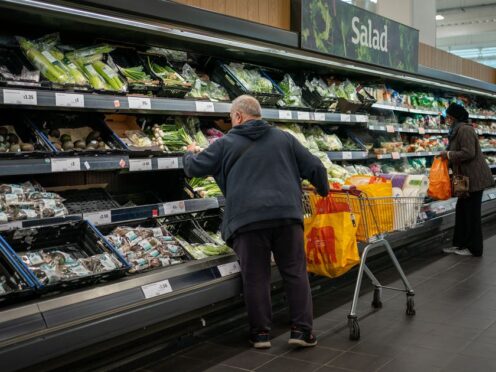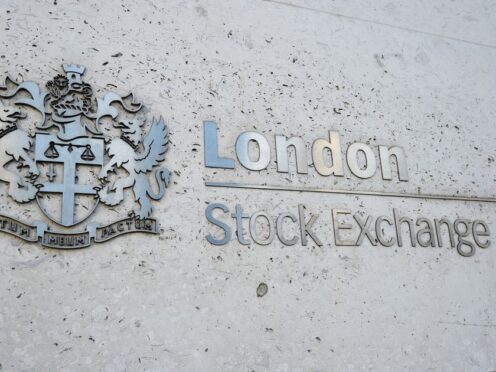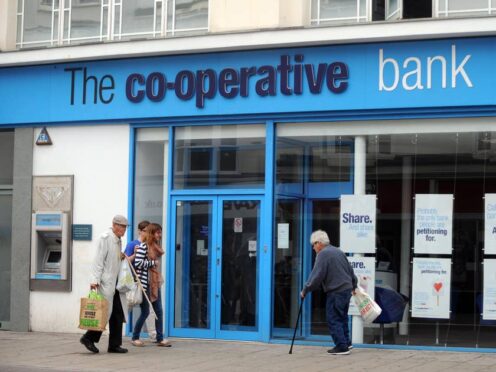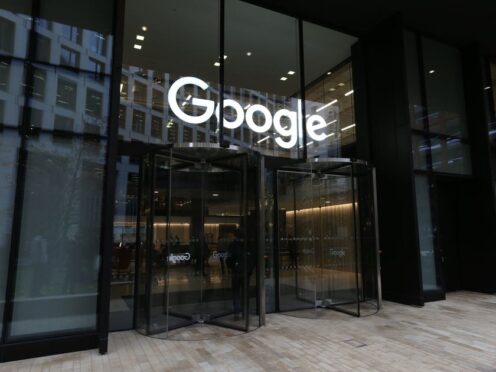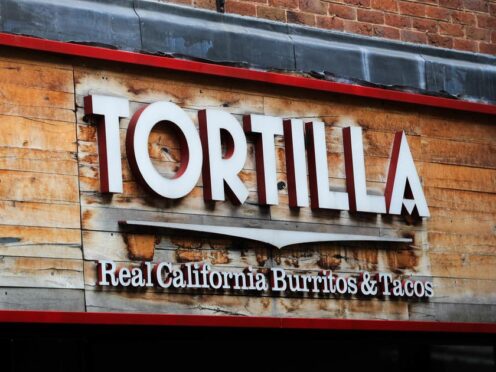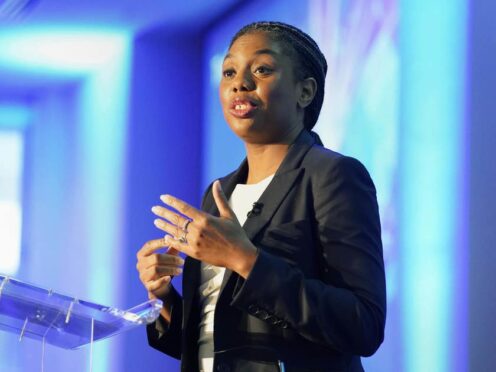Covid-19 led to a huge rise in demand all around the world for video conferencing.
And no let-up in the popularity of this technology is anticipated in the years ahead, with the global market value expected to more than double.
Grand View Research has calculated this year’s figure of £3.52 billion will hit £7.52bn in 2028.
Ongoing need for collaborative working
The company says: “Due to the Covid-19 pandemic, a large number of organisations globally have encouraged their employees to work from home or remotely – driving the demand for video conferencing applications and software.
“The primary growth driver for the market, especially in 2020, remained the need for organisations to facilitate employee collaboration, which led to the demand for conferencing apps such as Microsoft Teams, Google Meet and Zoom.”
Swift transformation
Grand View adds that, due to the pandemic, businesses have witnessed a digital transformation in just two to three months that would otherwise occur over two years.
It goes on: “Companies with a global presence and workforce are the early adopters of video-conferencing technology and more likely to deploy video-conferencing systems to enable effective communication between multiple teams located in different countries.
“Video-conferencing technology also provides a better social-interaction platform as compared to conventional voice calls, as it offers features such as eye-to-eye contact.
“With the increasing globalisation of businesses worldwide, the need is strong to set up a flexible, cost-effective and scalable communication network, which helps facilitate better communication, team collaboration, and decision-making capability.”
Will our new-found passion for video conferencing wane after Covid?
Rafa Sales Ross: I’ve grown to love the technology lifelines that got us all through lockdown


